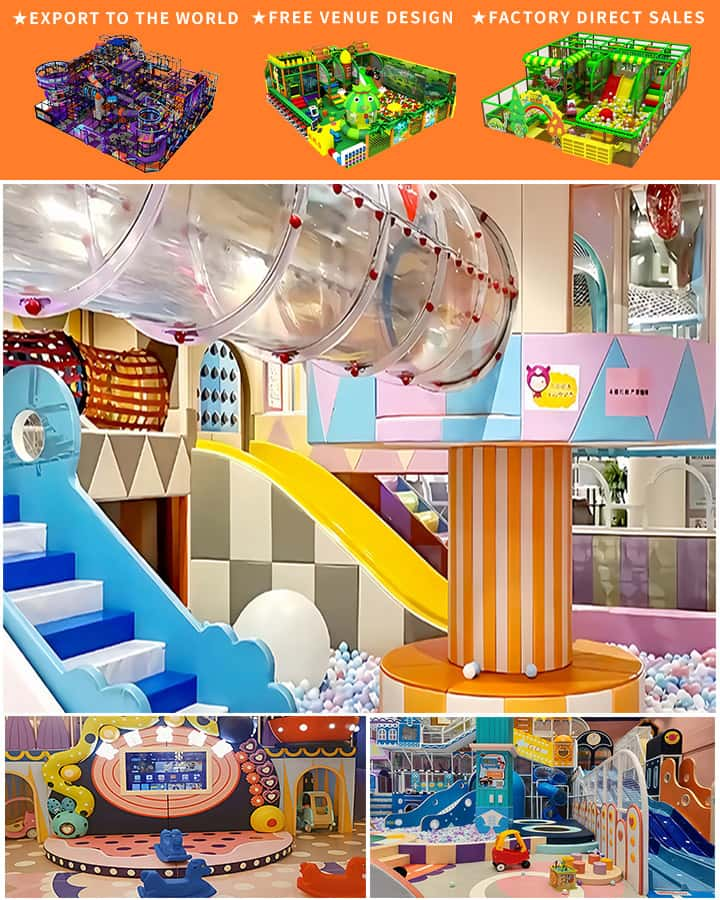Playgrounds have long been cherished spaces for children, offering them a place to explore, learn, and develop crucial motor skills. Over the years, playground equipment companies have played an instrumental role in shaping these environments by providing innovative, safe, and engaging play structures. This article delves into the history, evolution, and impactful contributions of playground equipment companies, highlighting their significance in today’s society.
A Historical Perspective
The concept of recreational playgrounds dates back to the late 19th century. Initially, these spaces were simple areas with basic equipment like swings, slides, and seesaws. As communities began to recognize the importance of safe and stimulating play environments for children, the demand for quality playground equipment grew. Early pioneers like the founders of the National Playground and Recreation Association (NPRA) in the United States advocated for better design standards and the inclusion of diverse play structures.
The Birth of Modern Playground Equipment Companies
In the mid-20th century, playground equipment companies started to emerge, driven by a growing awareness of child development and safety. These companies focused on creating durable, well-designed equipment that could cater to various age groups and abilities. Notable companies such as Playworld Systems, GameTime, and Little Tikes began to innovate, integrating advanced materials and engineering principles to enhance the durability and safety of play structures.
Innovations and Safety Standards

One of the most significant advancements in playground equipment has been the implementation of rigorous safety standards. Organizations like the American Society for Testing and Materials (ASTM) and the Consumer Product Safety Commission (CPSC) established guidelines to ensure that all playground equipment met specific safety criteria. Playground equipment companies had to adapt by designing products that minimized risks of injury while maximizing enjoyment. Innovations included non-toxic materials, rounded edges, and fall zones covered with soft surfaces like rubber mats or wood chips.
Technological Integration
As technology advanced, so did playground equipment. Modern playgrounds now feature a range of technologically integrated devices designed to stimulate both physical and mental development. Companies have introduced interactive elements like touch screens, motion sensors, and digital scoreboards. These additions not only make playtime more engaging but also encourage learning through play, incorporating educational content about nature, science, and even fitness tracking.
Inclusive Playground Design
Another notable trend is the shift towards inclusive playground design, championed by forward-thinking playground equipment companies. Inclusive playgrounds are designed to be accessible to children of all abilities, ensuring that every child can participate in play regardless of physical limitations. Features like wheelchair-accessible swings, sensory-rich play areas, and adjustable-height slides illustrate how companies are prioritizing diversity and equality in play.
Environmental Sustainability
In recent years, environmental sustainability has become a critical concern for playground equipment manufacturers. Eco-conscious companies are focusing on using recycled materials, reducing waste during production, and creating energy-efficient manufacturing processes. By adopting green practices, these companies contribute to a healthier planet while providing safe and enjoyable play experiences for children.
Economic and Social Impact
The impact of playground equipment companies extends beyond just producing and installing play structures. These businesses create jobs, support local economies, and foster community engagement. Public parks, schools, and private residential areas benefit from well-maintained playgrounds, which in turn enhance the overall quality of life for families. Additionally, playgrounds serve as vital social hubs where children develop essential social skills, build friendships, and learn teamwork and cooperation.
Future Prospects
Looking ahead, the future of playground equipment companies is bright, with continued emphasis on innovation, inclusivity, and sustainability. As our understanding of child development deepens, we can expect even more advanced playground solutions that cater to the holistic growth of children. Augmented reality, virtual reality, and AI-driven interactive systems might soon become common features in playgrounds, offering immersive and educational play experiences.
Conclusion
Playground equipment companies have significantly evolved since their inception, transforming simple recreational areas into dynamic spaces that promote health, learning, and social interaction. Through continuous innovation, adherence to safety standards, and a commitment to inclusivity and sustainability, these companies play a crucial role in enriching the lives of children worldwide. As they look to the future, the potential for even more groundbreaking advancements promises to make play more engaging, safe, and beneficial for generations to come




